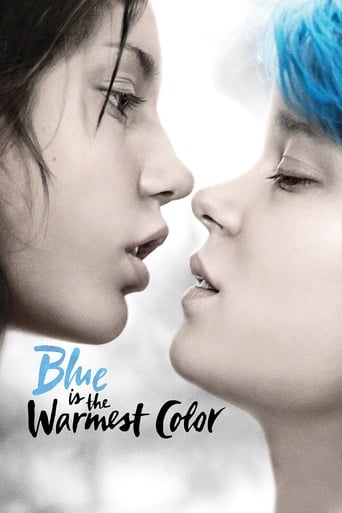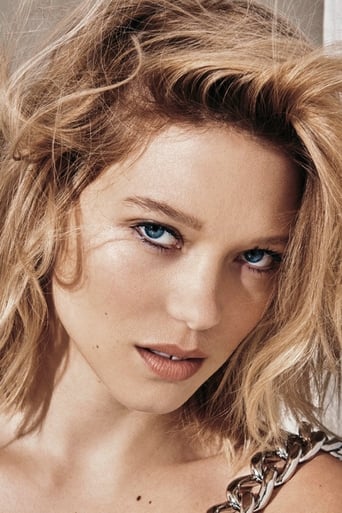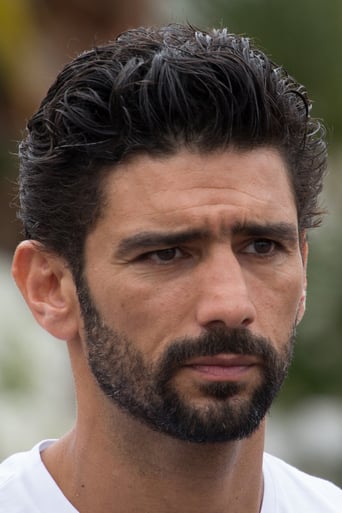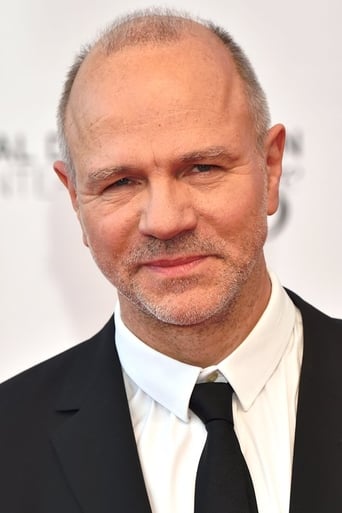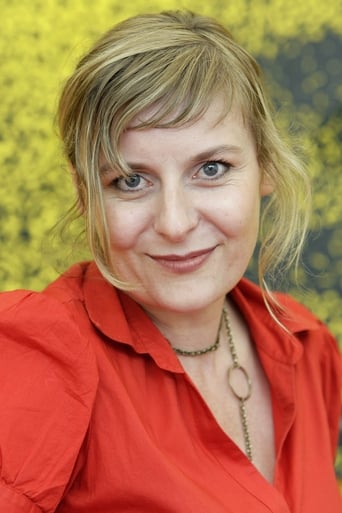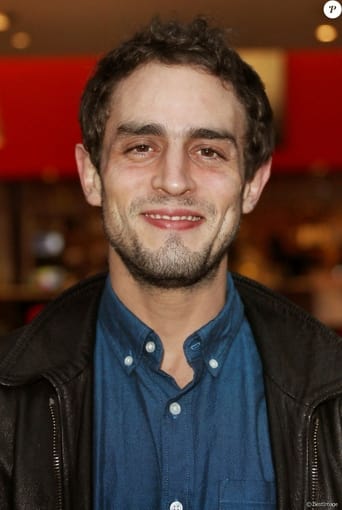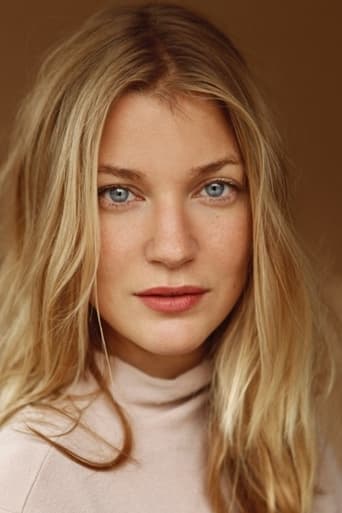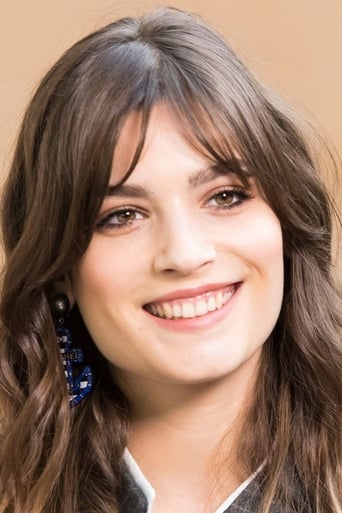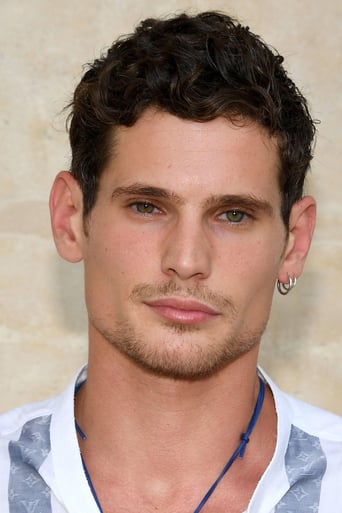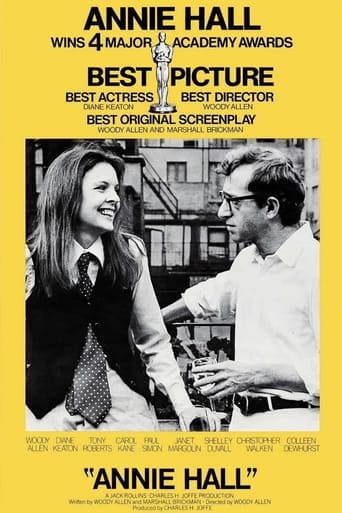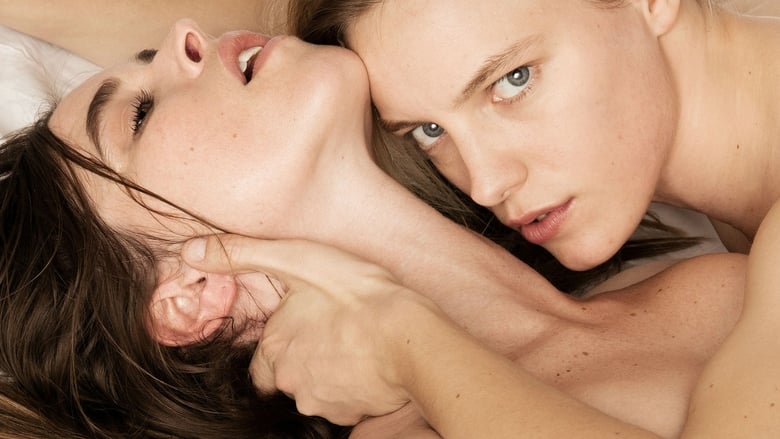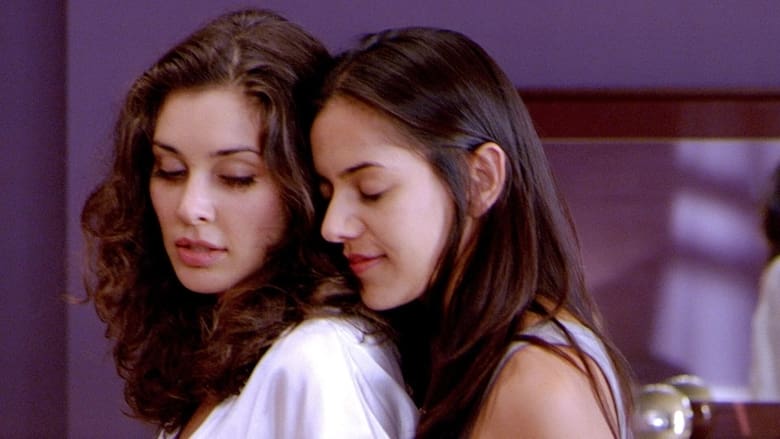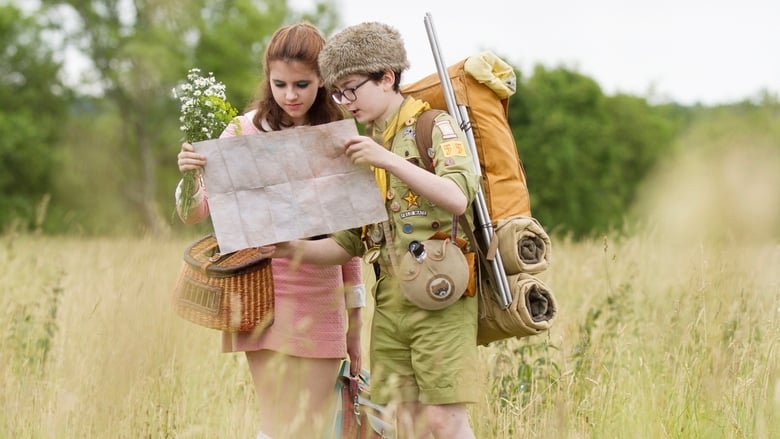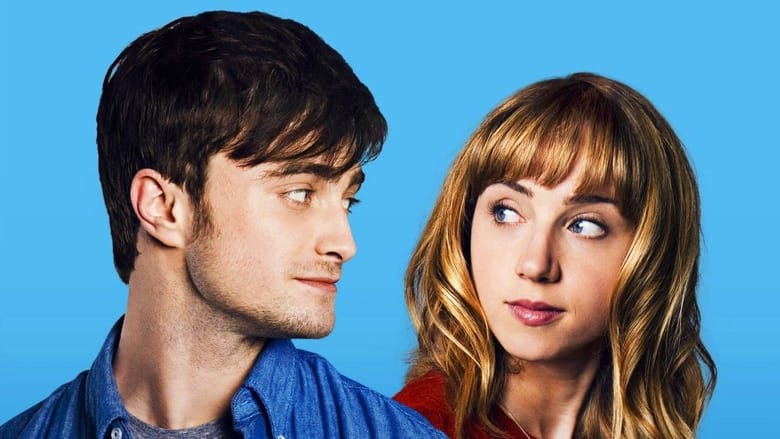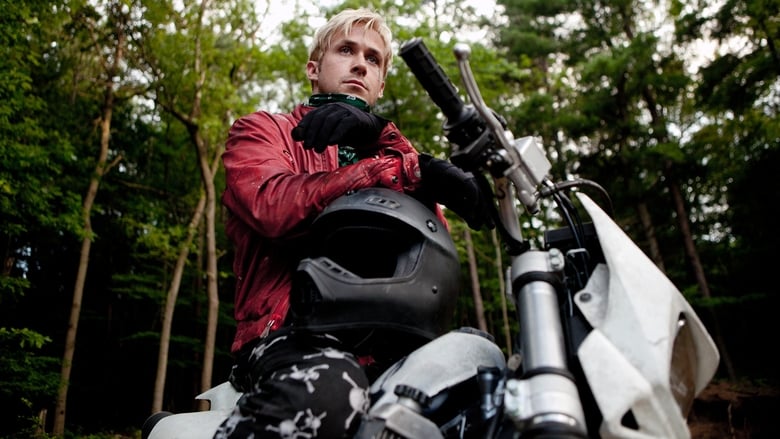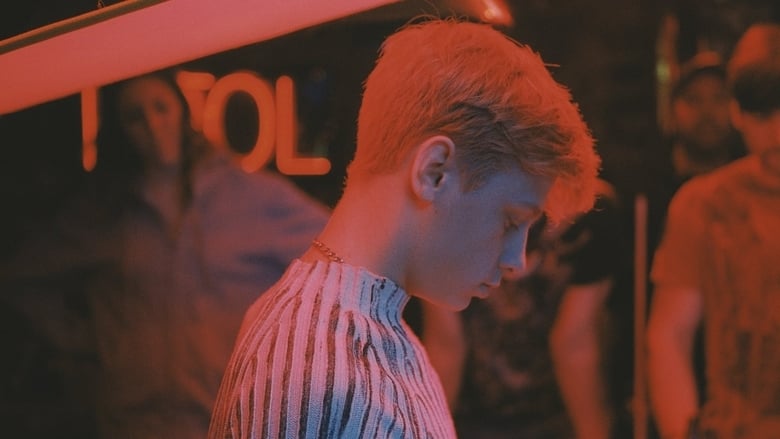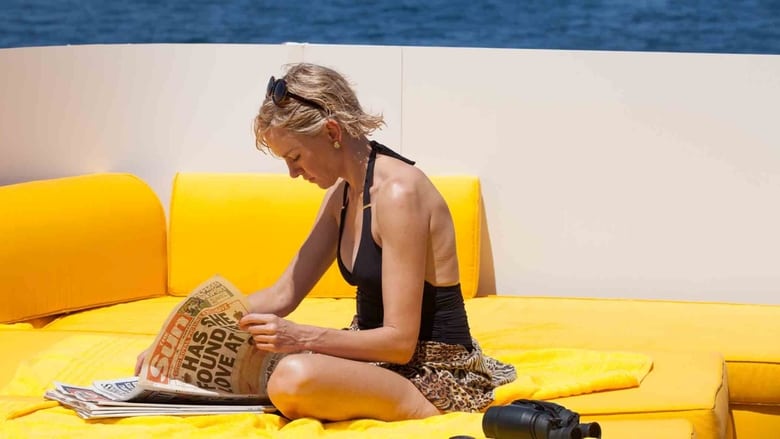Adèle's life is changed when she meets Emma, a young woman with blue hair, who will allow her to discover desire, to assert herself as a woman and as an adult. In front of others, Adele grows, seeks herself, loses herself, finds herself.


Similar titles

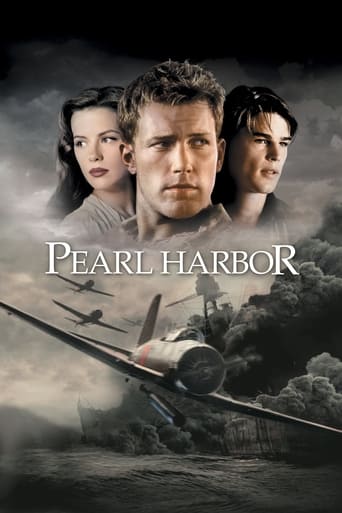
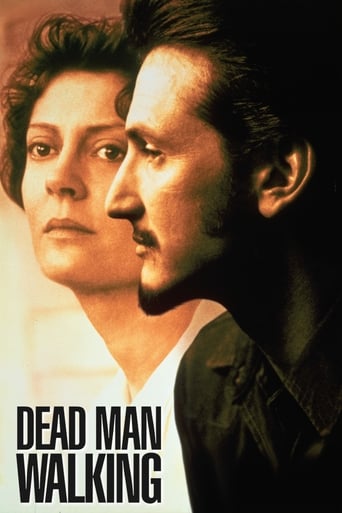

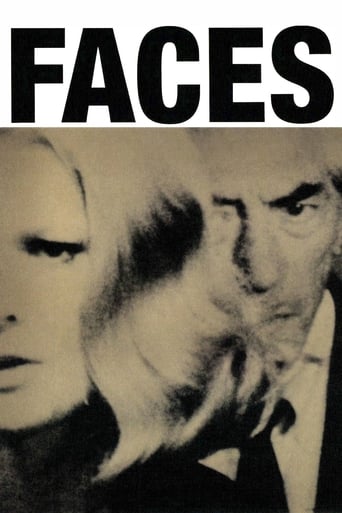
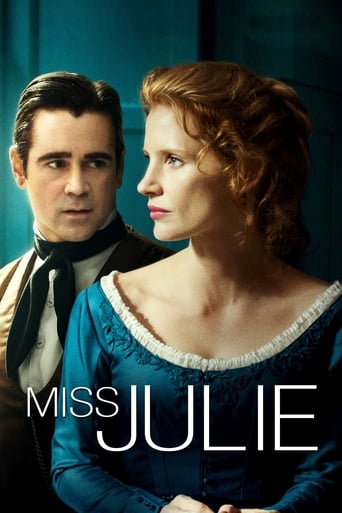
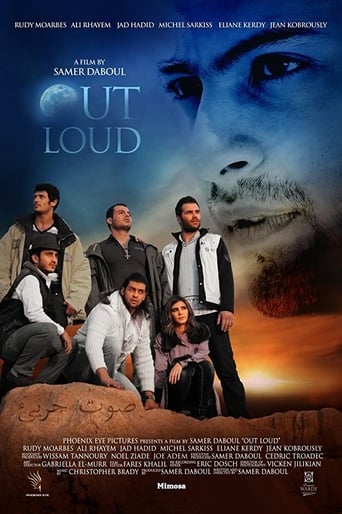

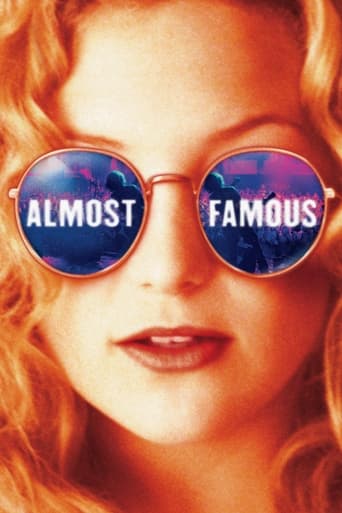
Reviews
There is much commonality in most love stories on film, with interest coming mainly from how they are told. I found the telling of this tale of two young women who fall in love to be engaging from several perspectives. First of all I was taken with Adèle Exarchopoulos, the actress who plays Adèle, the protagonist. If you do not respond to her physically or emotionally, then your experience of this movie is likely to be quite different from mine. Léa Seydoux, who plays Emma, Adèle's love interest, was less appealing to me, but was well cast nonetheless.Adèle's first encounter with Emma was an exchange of casual glances as they walked past each other. I liked that scene, since it was subtly done yet you knew from that first eye contact that these two were destined to be involved in some way. It may not have been love at first sight, but that usually just means sexual attraction at first sight and Adèle and Emma had that.Director Kechiche had to have been fascinated with Exarchopoulos, given the many ways he filmed her to accentuate her appeal, it's like he couldn't get enough of her. He used her infectious smile to great advantage. A good part of the movie is taken up with closeups of Exarchopoulos and Seydoux. I liked the way that Adèle did not anguish too much over her sexual identity, a theme that is prominent in a lot of gay themed movies. After some initial experimentation involving men and an attempted contact with a woman, once Emma was on board Adèle knew that she wanted Emma and she never seemed to doubt herself in spite of getting flack from her mates.Early in their relationship Adèle and Emma are seen engaging in explicitly sexual acts. These scenes have created a lot of buzz, but I think they are essential to the movie, since sexual attraction is what has brought these two women together and, as we get to know them, it is seen that the sexual attraction is going to have to be strong enough to bridge some cultural gaps. Emma comes from a family with liberal parents, a family that delights in eating oysters and drinking fine wine, while Adèle's family is more into table wine and spaghetti with Bolognese sauce. Emma associates with artists, philosophers, actors, and other elites. Emma is so much more experienced and sophisticated than Adèle that I did wonder how this relationship was going to work out, absent the sex. But it was Emma who broke it off, or was she just looking for an excuse to do so? To Adèle's credit she recognized the cultural differences but, in spite of some small intimidation, she felt no need to pretend artistic inclinations. She likes children and, as the movie develops, we see that Adèle does have a natural talent in the classroom in front of small children. There is a scene where Adèle is involved in a group interaction with her class that has the kids so rapt that it reminded me of that fantastic scene in "The 400 Blows" that has the kids attending a Paris puppet show.The sex scenes are filmed with an appreciation of sculpture. In some scenes I could not quite figure how the women got themselves into the positions they were in. I had the feeling that maybe it was good that these women were lesbian, since finding a man who could satisfy them would be a challenge. It is not a stretch to see how this movie could be played as a love story between heterosexuals, but trying to see how it would work with gay men is more difficult to imagine. At the least male sex scenes would probably not make it past the censors. Apparently neither Exarchopoulos nor Seydoux is a lesbian, so the fact they could get themselves to do the sex scenes amazes me.This kept my attention for the full three hours.
This is the first time for me to write a review, ever. But with this film I had to write something, because it's just one of a kind. This film hit me really f*cking hard!It was perfect in every way it came out. From the beginning to the ending you feel a deep connection with Adèle, I've never seen an actor give such an emotional and powerful performance in a roll ever. The 2 girls really blow my mind away. During the whole film I never thought "wow, those are really good actresses." It was like you're in the film together with them, jut looking from a far.It just like what Steven Spielberg said: "It's a privilege to be a fly on the wall, and to see the story about what Adèle & Emma make trough." And you really do! Somehow you can relate to the story, because everybody has been trough such emotional pain (i think?), certainly with something such as love. It can be beautiful, but it also can really hurt. The film really needs more recognition. I think it was a really powerful masterpiece, together with the astonishing performances of both the actresses, Abdellatif Kechiche really made one hell of a film. The guy sets the bar really high with this. I don't think I'll get the same feeling soon from another film, that I had with this one.I hope you will enjoy it, as much as I did.
While sitting and waiting at the Paris airport, browsing for some YouTube videos to watch, I've stumbled upon an old 2007 documentary The Universe (S02E01 "Alien Planets"). I thought about the title of this movie when at some point they said: "As the star wobbles around, light waves appear to shift in frequency as the object emitting them comes toward or away from you. The light from an object moving toward you will look slightly bluer, and a light from an object moving away from you will look slightly redder".So I thought that Blue Is The Warmest Color because it is the closest <3.
Abdellatif Kechiche's "Blue is the Warmest Color" is often a study of facial landscapes. Specifically, that of Adele Exarchopoulos, whose performance is one of great ambiguity. She's the subject of countless close-ups, raw and real, without makeup, which would add a layer of contrivance to the performance.Her character, also named Adele, is confused and lost at the beginning of the film, and still confused and lost when the credits roll three hours later, several years later in narrative time. Such is life. Adele only experiences clarity and certainty while in the throes of passion with her lover, Emma (Lea Seydoux). They devour each other body and soul during drawn-out lovemaking sequences that are, shall we say, rather European in aesthetic. Although some might find them excessive, they aren't purposeless – the point is to show how moments of ecstasy and grief are inextricably tied to deep, intimate relationships. Kechiche's message? Love is extreme.However, the most striking image in my memory isn't the graphic sex, but a close-up two-shot of the couple's faces, where Emma's crystal- blue eyes are a burst of laser colour against a backdrop of pallid skin and white sheets. As the title suggests, blue is a visual motif throughout the film, and it has classically symbolised both tranquillity and sadness – more ambiguity. The first time Adele feels homosexual attraction is when she sees the openly gay Emma and her dyed-blue hair, in passing, on the street. The first girl to kiss Adele has chipped blue nail polish. At the end of the movie, Adele wears a blue dress. (Notably, the French title of the film is "La Vie d'Adele," "The Life of Adele," but the English-language title feels like the median between that and the source material, Julie Maroh's graphic novel "Blue Angel.")Kechiche reportedly filmed Exarchopoulos in her daily life, while eating, sleeping, taking the train. It's an extreme measure to take in the quest for naturalism, but it works. It has a hint of voyeurism, making the dramatic and mundane moments broodingly real. The consistency of Exarchopoulos' performance makes her characterisation all the more astonishing. She's extraordinary.The story begins when Adele is 17, in high school. She meets a sweet classmate named Samir (Salim Kechiouche), and sleeps with him. But post-coitus, she has an empty look on her face, of dissatisfaction and fear. She hurts him, as she must. Adele finds some clarity when the blue-nail-polish girl kisses her. Her closest confidant is Valentin (Sandor Funtek), who takes her to a gay bar, where she catches Emma's eye. He also rescues her from a cruel inquisition by a gallery of her peers. In such moments, "Blue is the Warmest Color" finds great dramatic focus, and we feel intense heartbreak as Adele's crisis of sexual identity is made public.Kechiche veers wildly from the suggestive and evocative to the explicit, which isn't limited to bedroom entanglements. He eavesdrops on Adele's lit-class lectures, and contrives to offer profound angles on her situation – big-picture lessons on love, tragedy, sin. The film is best when he ties visual detail into the development of Adele's character. Emma, a budding artist, draws Adele, and the scratchy, indefinite lines of the sketch show a woman in the process of finding herself. Later, Adele poses nude for one of Emma's paintings, and the picture is fuller, bolder, but still enigmatic in identity.The film follows their relationship over several years. They move in together, and establish careers, Emma as an artist, Adele as a preschool teacher. Emma's parents introduce Adele to the joys of eating oysters. Adele prefers to keep her homosexuality hidden from her parents, and the couple concocts a ruse to keep them in the dark. Their story is episodic and indulgent, yet compelling. It moves quickly. Its most consistent element is Kechiche's fascination with Exarchopoulos' face, so subtly expressive, it's Art... in Motion.
